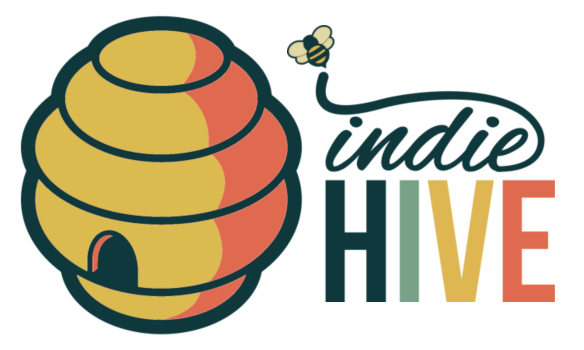Developer: Going Loud Studios
Released: November 2011
Price: $2.99
Back in 2011, indie developer Going Loud Studios published DLC Quest (and its expansion, Live Freemium or Die), a simple, satirical, metroidvania duology that playfully calls out the game industry’s DLC practices. The protagonist – Player – must buy a bunch of “downloadable content” (thankfully with the game’s currency and not real cash) to save the day. You start the first game without the ability to move left and jump, where they must be bought as DLC!
Gameplay
At its core, DLC Quest is a very simple platformer with little to no challenge. The difficulty is in finding coins to buy the game’s faux DLC, without which progress is impossible. Other than that, you simply move and jump, and use the sword to hack away bushes. The first game can be completed with all “awardments” – as the game calls them – in less than half an hour. Live Freemium or Die is slightly better off since it introduces deadly spikes, but even then, they’re a mild inconvenience as checkpoints are readily available – if you have bought the Checkpoint Pack DLC, that is. Some backtracking is involved in either game to find DLC packages or coins to buy them.

Ultimately, I believe the only reason you’d play DLC Quest is for the satire and message, not for the platforming element, which is passable but not great.
Styling and Music
DLC Quest uses simple pixel-art graphics for its main elements, which conveys just the right amount of detail, especially where cosmetic DLC is concerned. The game isn’t particularly colorful or super lively but doesn’t need to be. The chiptune music is surprisingly good, but given the backtracking and the game’s size, you might hear the same tracks for long times. The game’s writing may get a few chuckles out of you, but mainly through self-awareness (such as townsfolk referring to themselves as NPCs).
The DLC Packs
DLC Quest’s sole goal is making fun of DLCs, some of which were present at the time of the game’s release (such as horse armor DLC), while others became more prominent in the years following its release. Here is a small sample of DLC worth talking about from the game, along with recent real-life examples!
HUD DLC

In Live Freemium or Die, you can buy the Health Bar Pack which displays your health – if you don’t buy it, you never know how much health you got. While not quite the same in the amount of ridiculous, the recently released Call of Duty Modern Warfare initially shipped without the ability to see your kill/death ratio in the middle of a multiplayer match, only displaying it when the match concludes. That was up until they released the Mother Russia bundle which included a watch that showed you the kill/death ratio at any point mid-game. The bundle costs 2000 COD points, or $20. While Live Freemium or Die sells you a feature that wasn’t in the base game, Modern Warfare is selling you a feature that was present in previous Call of Duty games.
Booster DLC

In DLC Quest, you must use the blacksmith villager’s grindstone for 10,000 times before gaining the sword to progress in the game. While grinding is easily done by pressing a button, 10,000 presses are still too much…unless you buy the Time Is Money Pack, of course! With it, you multiply your grinding speed by 1,000, getting your sword in only ten uses. Buying a “booster pack” to grind less and level up faster isn’t new, and often seen in mobile games with in-app-purchases that multiply the coins you earn, but it’s creeping even into single-player experiences such as Assassin’s Creed Odyssey’s XP Boost, which costs 1,000 Helix Credits ($10). These boosters are an interesting kind of DLC since you don’t buy any new content, but pay money in return for spending less time on the uneventful parts of the game.
HD Texture Packs

One of the DLC packs you can buy is the High Definition Next Gen Pack, which essentially adds a brown filter on top of the game. Humorously, and while not quite the same, some recent games include DLC packs to add 4K textures, which are fortunately free – for now. The filesize of such content usually clocks in at double digits of gigabytes, so separating them from the base game into DLC makes the base game download or install much smaller and more manageable for people who won’t use these uber assets. An example of such a game is Final Fantasy XV‘s 4K Resolution Pack, which adds nearly 65GBs to the base game’s already huge 100GBs.
In Conclusion
DLC Quest is a game that isn’t impressive with its gameplay but excels in its mockery of DLC and its foibles. I wouldn’t recommend the game if you’re not interested in the message, though. A good portion of what it made fun of is seen in even bigger amounts than before, with some of its most egregious examples rising in prominence lately. Despite this, even it couldn’t foresee the rapid expansion of monetization schemes in the following years – such as loot boxes (which is the focus in the studio’s second game, Loot Box Quest).
Interested in DLC insanity? Check out the Most Expensive DLC on Steam!
You can also read about the following platformers: Pikuniku, On Rusty Trails, and Dreaming Sarah!


